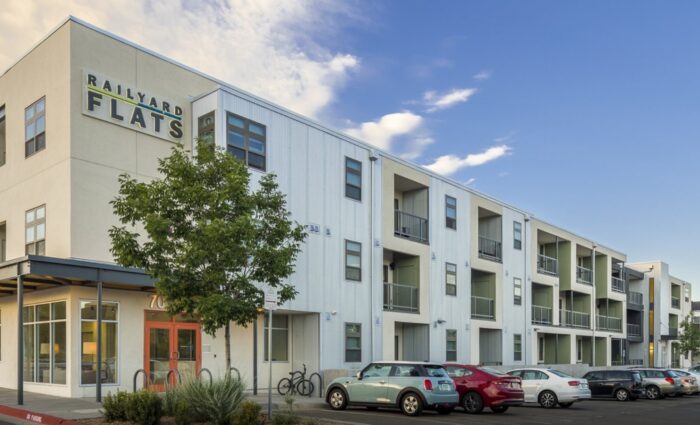Explore the passion behind the portfolio
Projects + Insights
Every project has distinct needs and unique challenges, but we face each one the same. By combining the individual talents and perspectives of our team and those we serve, we elevate design and continue to innovate solutions that create more seamless connections between people and their places.
Design a career path with more bridges.
Looking to break down the walls of the status quo?







